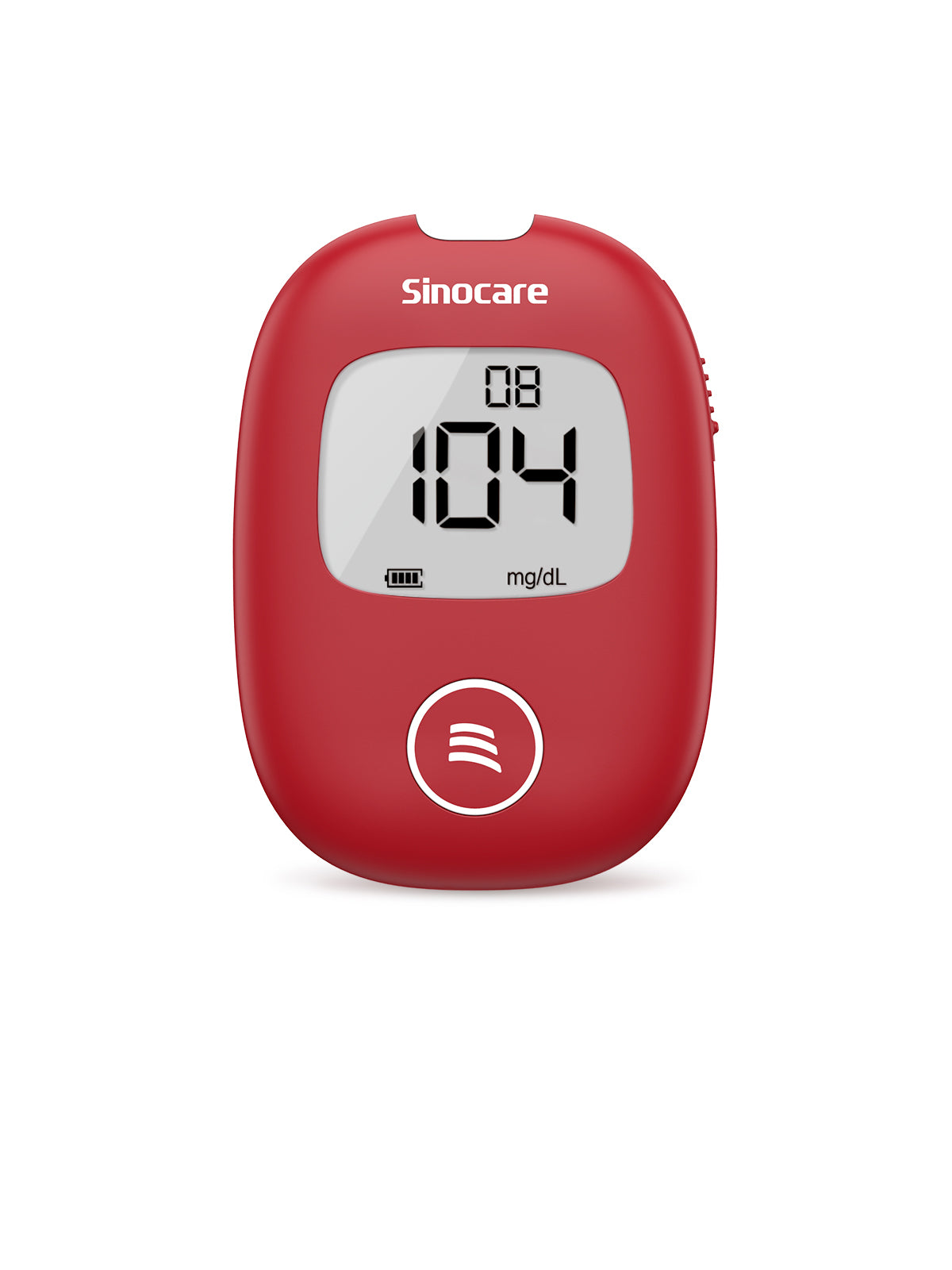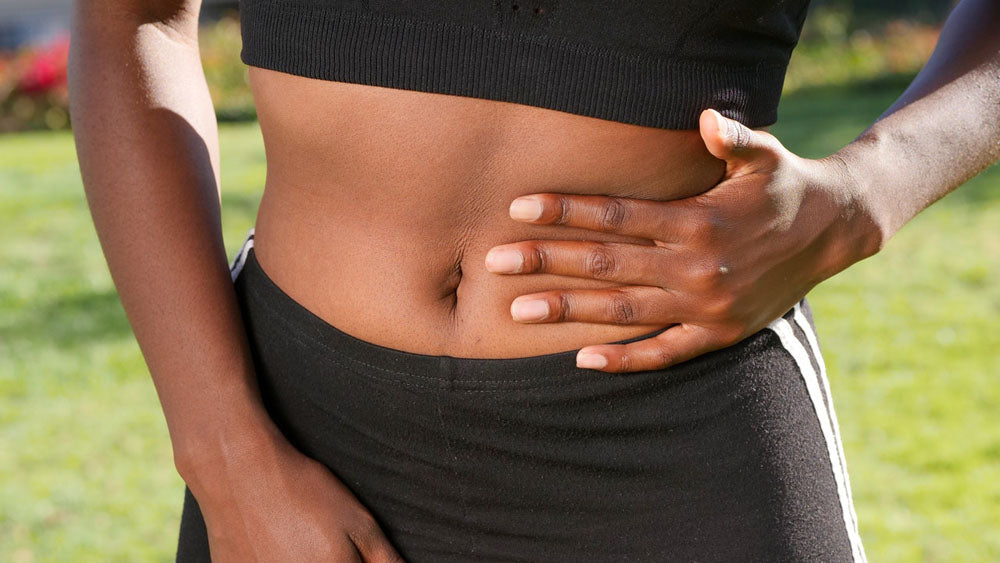Exercise plays a significant role in preventing chronic diseases such as hypertension, dyslipidaemia, diabetes mellitus, obesity, and cancer [1]. Prolonged physical inactivity coupled with an unhealthy diet can lead to insulin resistance and lead to pre-diabetes or type 2 diabetes. Exercise is an effective way of improving insulin resistance and improving glycaemic control in patients who are pre-diabetes or living with type 2 diabetes.
Does exercise lower blood sugar?
Exercise can lower your blood as it increases your insulin sensitivity [2] and uses glucose as a form of fuel for muscle contraction. [3]. However, unless you are on insulin or on medications that increase insulin production such as sulfonylureas, then your blood sugar can go down to a dangerously low level which will require urgent treatment. Therefore, it is important that you speak to your medical practitioner if you need to adjust your medication dosing and the timing of medications to reduce the risk of hypoglycaemia [4][5].
How does exercise lower blood sugar?
1. Improving insulin sensitivity
Exercise can lead to an improvement in insulin sensitivity, meaning your body can use the sugar that is circulating in your blood supply more effectively and hence reduce your blood sugar levels [2].
![]()
2. Using glucose as a source of fuel
During exercise, your muscle needs fuel for it to contract to generate power and energy. This can lead to increased uptake of blood sugar into your muscle to use as fuel and hence, a drop in your blood sugar. [3]
![]()
Why does my blood sugar spike after exercise?
Some exercises, such as high-intensity exercise can cause your blood sugar to rise shortly after exercise as it releases stress hormones which can lead to a drastic increase in glucose production in comparison to glucose uptake [6].
![]()
However, these episodes can be reduced by adopting a lower intensity cool-down after high-intensity training. No treatment is required in most cases [4].
Can exercise cause hypoglycaemia?
Exercise can lead to hypoglycaemia as it increases your insulin sensitivity and uses glucose as a form of fuel for your muscle.
Hypoglycaemia can occur especially when you are using insulin or medications that increase insulin production such as sulfonylureas. Therefore, it is important that you adjust insulin dosing and the timing of medications to reduce the risk of hypoglycaemia [4].
How often should I check my blood sugar during exercise?
It is important to check your blood sugar before, immediately after and for up to 24 hours as exercise can influence your blood sugar for 24 hours.
High-intensity exercise can lead to elevated blood sugar 2 hours after exercise due to circulating stress hormones (catecholamines) but decreased average blood sugar 48 to 72 hours after exercise. [6]
Does walking after eating lower blood sugar?
Studies have shown that walking after meals lower blood sugar compares to walking once a day. This impact is more prominent when walking was carried out at dinner where or when the most carbohydrate was consumed, and people are most likely to be sedentary. [6]
The best exercise for type 2 diabetes
The American Diabetes Association (ADA) recommends that patients with diabetes engage in 150 minutes or more of moderate- vigorous-intensity aerobic per week, spread over at least 3 days/week, with no more than 2 consecutive days without activity.

However, if you are younger and more physically fit, shorter durations (minimum 75 minutes/week) of vigorous-intensity or interval training may be sufficient.
People with type 2 diabetes should also engage in 2-3 sessions/week of resistance exercise on non-consecutive days. [7]
The American College of Sports Medicine (ACSM) recommends that high-intensity resistance exercise training has greater benefits when compared to low-to-moderate-intensity resistance training in terms of overall glycaemic control.
Unsuitable exercises for type 2 diabetes
Most exercises can be safely carried out by patients with type 2 diabetes despite having health complications.
However, certain activities may be contraindicated if you have health complications and may need pre-exercise testing and screening as per the guidelines set out by American College of Sports Medicine (ACSM) and American Diabetes Association (ADA).
| Name | Arm Blood Pressure Monitor |
|---|---|
| Autonomic neuropathy | Higher risk of developing hypoglycaemia, abnormal blood pressure, impaired in body temperature regulation as well as abnormal heart rate at resting and blunted maximal heart rate. |
| Peripheral neuropathy | Advise against exercise that can increase the likelihood of foot trauma such as prolonged hiking, jogging or walking on uneven surfaces. Avoid swimming if there is presence of foot ulcers. |
| Diabetic retinopathy | Unstable proliferative and severe retinopathy: Avoid high-intensity or vigorous activities that involve breath holding such as weight lifting or lifting over the head. Unstable or untreated proliferative retinopathy, recent pan retinal photocoagulation or other recent surgical eye treatment Exercise is contraindicated |
| Diabetic kidney disease | Avoid weightlifting, high-intensity aerobic exercise as this can lead to increase in blood pressure. Refrain from breath holding during activities. Lower-intensity exercise can be used to manage blood pressure and fatigue. If on dialysis, light to moderate exercise is possible if electrolytes are managed. |
| Hypertension | Avoid weight lifting or breath holding. Advise on dynamic exercises using large muscle groups such as walking and cycling at a low to moderate intensity. |
FAQ
Is squat good for diabetes?
Squatting is a form of resistance training exercise and hence it is important to engage in resistance training 2-3 days a week on non-consecutive days, as advised by the American Diabetes Association (ADA) [7]
Is exercise good for people with type 1 diabetes?
As ADA suggests above, people with diabetes (both type 1 and type 2) should do 150 minutes of aerobic activities every week [7].
What is a safe blood sugar levels before exercise?
If your blood sugar is:
< 4 mmol/L
You will need to with your usual hypo treatment such as 15-20g of fasting carbohydrate followed by long-acting carbohydrate.
4 – 7 mmol/L
This is a healthy target range, but you may need to have a snack before exercise to ensure that you do not develop hypoglycaemia while exercise.
7 – 13mmol/L
You can safely start your exercise but remember to check your blood sugar regularly as some exercise can increase your blood sugar reading.
>13 mmol/L
This target is above target levels and exercise can lead them to rise even higher. You might want to check for ketones if there is no explanation for high blood sugar and you may need to give some insulin correction before starting exercise. You should not begin exercise if there is moderate or high levels of blood or urinary ketones present [4].
Summary
Exercise is recommended as part of a healthy lifestyle in patients with diabetes as it improves insulin sensitivity and reduce blood sugar which can result in an improvement in overall glycaemic control. However, in patients who are on insulin or sulfonylureas, one need to be cautious and consider reducing the amount of medications taken to prevent hypoglycaemia.
References
1. Miller, K. R., McClave, S. A., Jampolis, M. B., Hurt, R. T., Krueger, K., Landes, S., & Collier, B. (2016). The health benefits of exercise and physical activity. Current Nutrition Reports, 5(3), 204–212. https://doi.org/10.1007/s13668-016-0175-5
2. Bird, S. R., & Hawley, J. A. (2017). Update on the effects of physical activity on insulin sensitivity in humans. BMJ Open Sport Exercise Medicine, 2(1). https://doi.org/10.1136/bmjsem-2016-000143
3. Hargreaves, M., & Spriet, L. L. (2017). Exercise metabolism: Fuels for the fire. Cold Spring Harbor Perspectives in Medicine, 8(8). https://doi.org/10.1101/cshperspect.a029744
4. KANALEY, J. I. L. L. A., COLBERG, S. H. E. R. I. R., CORCORAN, M. A. T. T. H. E. W. H., MALIN, S. T. E. V. E. N. K., RODRIGUEZ, N. A. N. C. Y. R., CRESPO, C. A. R. L. O. S. J., KIRWAN, J. O. H. N. P., & ZIERATH, J. U. L. E. E. N. R. (2022). Exercise/physical activity in individuals with type 2 diabetes: A consensus statement from the American College of Sports Medicine. Medicine & Science in Sports & Exercise, 54(2), 353–368. https://doi.org/10.1249/mss.0000000000002800
5. Diabetes UK. (n.d.). Blood sugar levels and exercise. Diabetes UK. Retrieved May 29, 2022, from https://www.diabetes.org.uk/guide-to-diabetes/managing-your-diabetes/exercise/blood-sugar-levels
6. Adams, P. (2013). The impact of brief high-intensity exercise on blood glucose levels. Diabetes, Metabolic Syndrome and Obesity: Targets and Therapy, 113. https://doi.org/10.2147/dmso.s29222
7. American Diabetes Association (ADA). (2022). Standards of medical care in diabetes—2022 Abridged for Primary Care Providers. Clinical Diabetes, 40(1), 10–38. https://doi.org/10.2337/cd22-as01










Leave a comment
All comments are moderated before being published.
This site is protected by hCaptcha and the hCaptcha Privacy Policy and Terms of Service apply.